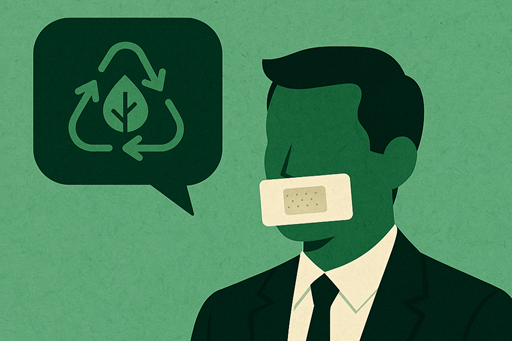Game elements in communication create and hold attention - this has potential for PR.
Communicating content in a playful way – this is the approach taken by gamification. Here, game elements are integrated into communication in order not only to create attention, but also to hold it. But where does this trend come from? What can be achieved with it? And how can you use this approach in PR?
Gamification is the integration of game-typical elements into non-game contexts. These usually have the goal of changing the behavior or motivation of participants. The game elements used can be of various kinds, such as: tasks, goals, status, learning, teamwork, and rewards. With every victory, new level, or task solved, the endorphins start spraying – wanting to win and being happy about it is deeply human.
Gamification and Communication
Many companies are also taking advantage of this principle of happiness hormones: The gamification concept can help to increase customer engagement and thus help the brand to remain in their memory longer. This also applies to internal teams and employer branding. Gamification, however, can be used not only for customer retention and fun for existing employees, but also for the onboarding process, or the recruitment of new employees. This is what happened at the chemical company Bayer: The company published a “quiz app” in which two players had to compete against each other and answer questions about the company and its history. This allowed potential applicants to familiarize themselves with Bayer or employees to refresh their knowledge of their employer.
Gamification mechanisms in combination with prizes are particularly suitable for improving customer loyalty to a company. The prospect of a prize, combined with playful elements, makes them engage with the desired content for much longer.
No matter how gamification is used, it can, may and should be communicated. This not only increases the download or click rates of the game app or web tool, but also allows the company to position itself as innovative, humorous and digital. It’s a way of thinking outside the box that’s also fun.
Gamification and PR
Not only the marketing departments of large companies can benefit from gamification, there are also many possibilities in PR. For example, instead of a normal press briefing, journalists can be interactively involved in the presentation via online quiz applications such as Kahoot! Mailings or on-the-spot polls; influencer cooperations and much more can also be spiced up with a playful touch.
A basic element of PR is storytelling. Similar to video games, the narrative is also an important success factor for gamification. Without a suitable framework and a gripping story, it is difficult to get messages across. There is great potential here for combining PR and gamification. With the right story, concepts can be conveyed via playful experiences and thus be memorized better.
The Future of Gamification
Even though gamification is not the latest trend – games in the simple sense are as old as humankind itself – it is far from waning, it is rather being driven forward by advancing digitization. Gamification elements can help make monotonous subject matter more understandable and tangible. As with any other communication measure, this depends on a good concept. At the end of the day, however, gamification must always tell a story, regardless of the topic around which it is built.
Titelbild von Mateo bei Unsplash












